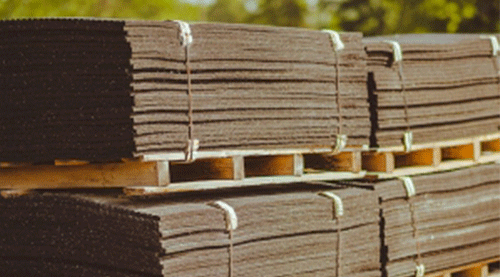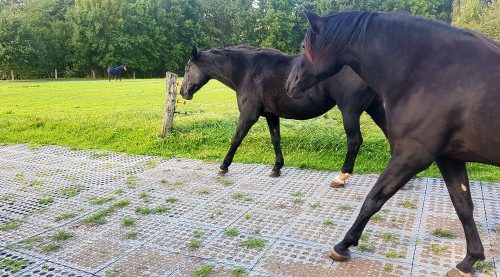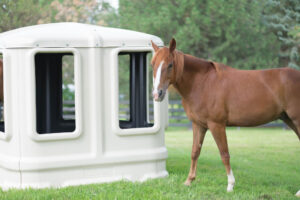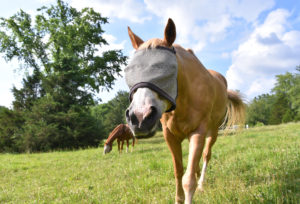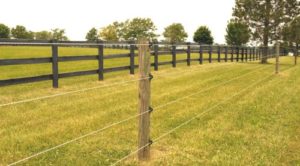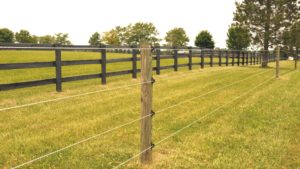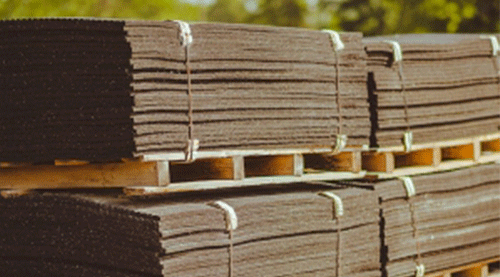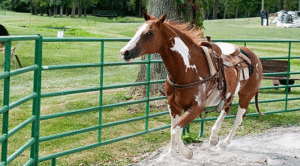
Autumn Stable Checklist
Lisa Kiley – October 2024
Originally published in Horsemen’s Corral Magazine
Fall is one of the best times of the year to enjoy having horses. The cooler weather gives us a reprieve from the hot summer sun, but it is not so cold that we have to worry about layering up just yet. Autumn is a great time to get some of those last ‘to-do’ projects done before winter sets in and take simple steps to make horse keeping easier in the coming months. Here are some things to consider accomplishing in the barn before things get too blustery:
- Check Water Sources – Sourcing water is essential year-round, but when freezing temperatures hit, you want to make sure that you will be able to provide fresh, frost-free water for your horses. If you use heated buckets or tank heaters, this is a good time to pull them out and make sure that they are working properly. If your goal is to save energy costs, consider using thermal buckets. Have a plan to protect hydrants from the cold, make sure hoses and nozzles are heavy duty and can handle the cold. This also might be the time to consider installing auto waterers in pastures and/or stalls and putting an end to fighting hoses or hauling buckets.
- Shelter Maintenance – Horses can be heartier creatures than we give them credit for, but they do need a place to protect themselves from wind, snow and sleet. Whether you plan on utilizing turnout sheds or a barn with stalls when the temperatures become inclement, now is the time to make sure doors and windows that have been open all summer will easily close but be mindful to make sure the barn always has adequate ventilation. Adding rubber mats to stalls can provide a layer of insulation against the damp ground and save on the cost of shavings.
- Prepare Pastures & Turn Outs – This is the last chance to prepare the pasture for winter. When growth rates start receding, it is important to allow pastures to rest. The fall can be a great time to take soil samples, harrow, and add fertilizer or re-seed as needed. It is also a good time to re-vamp or prepare a sacrifice area, a place where your horse can get needed turnout time without ruining the pasture or standing knee deep in mud. Think about amending the footing by adding material that will combat mud or consider investing in mud grids that will provide a permanent solution, resisting mud and providing traction under foot.
- Assess Lighting Needs – With the sun going down earlier, take the time to make sure that lighting in the barn is sufficient for those darker days. Assess areas that may need more lighting, which can lead to a safer environment for you and your horses. Exterior lighting will make going to the barn and bringing horses in easier. Interior lighting assists with everything from keeping coats in-check to getting mares in season, but it is essential for making sure things around the barn are clean and medications & feed are given in the proper measures.
- Pull Blankets & Organize – This is the time to get blankets out of storage and make sure that they are in good repair. Ideally, they are clean, in good shape and ready to go, but if not, it’s not to late to get that taken care of. Organizing blankets and labeling them is a great way to ensure that each horse has the right size and weight of blanket for whatever weather comes our way. Blanket bars for stall fronts are a convenient way to keep the right blanket in front of each horse. For horses that utilize multiple blankets, swinging blanket bars keep blankets organized, aired out, and off the floor.
- Evaluate Feed Needs – Feed fuels a horse and helps to keep them warm. Before the temps drop too low, assess your feeding program to determine if changes need to be made to keep your horse at a healthy weight, which is especially important for senior horses. Feed changes should always be made gradually, so modifying feed plans in the fall to anticipate what the horse will need in the winter is a smart strategy. If you have questions, consult with your vet or a check with your feed supplier and see if they can help you set up a consultation with an equine nutritionist.
- Have a Weather/Emergency Plan – It’s a good idea to have a plan for emergency situations. In the winter, this usually involves a snow or ice storm that can impede transit and cause power outages. If the power is out, do you have a generator? If you can’t get to the feed store, do you have enough feed and bedding for a few days? These are questions that you don’t want to have to worry about after a storm has hit or you are buried in snow. If you have a plan for bad weather in advance it will make those situations safer for the horses under your care.
- Spend Time with Your Horse – Don’t forget to take time to enjoy the nice weather. Go out for a trail ride or enjoy your outdoor arena. Take advantage of the last few warm days to give your horse a bath or a long grooming session. Your horse will appreciate the extra attention and it’s good for you too!
If you need supplies to help get ready for the change in season, Cashmans has you covered! Check out our website at www.cashmans.com for more information on the products that we offer and to connect with one of our knowledgeable team members to help you plan your next project.
Cashmans Helpful Resources
Recommended For You
-
-
Stable Ground Mud Solution
$17.50





